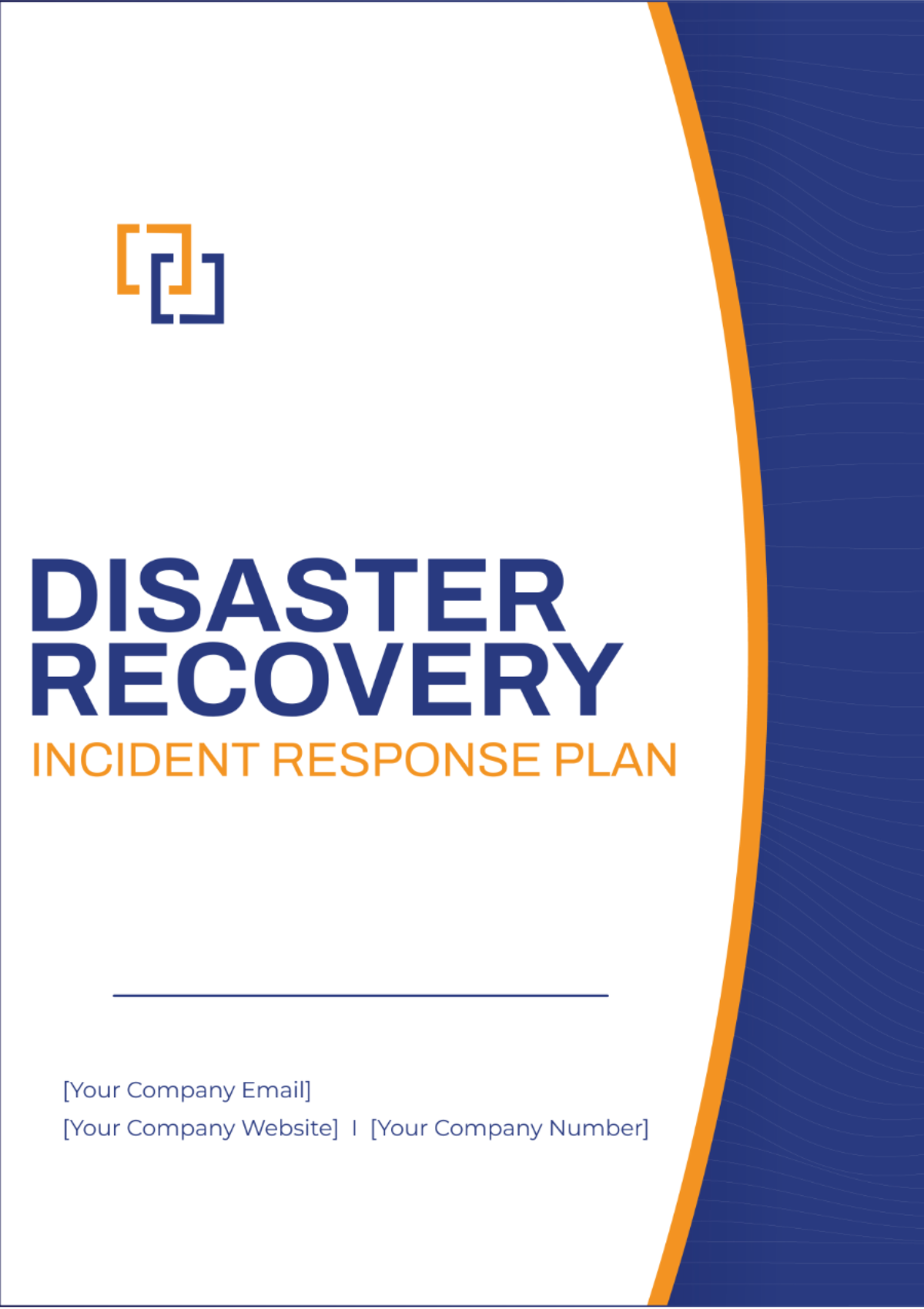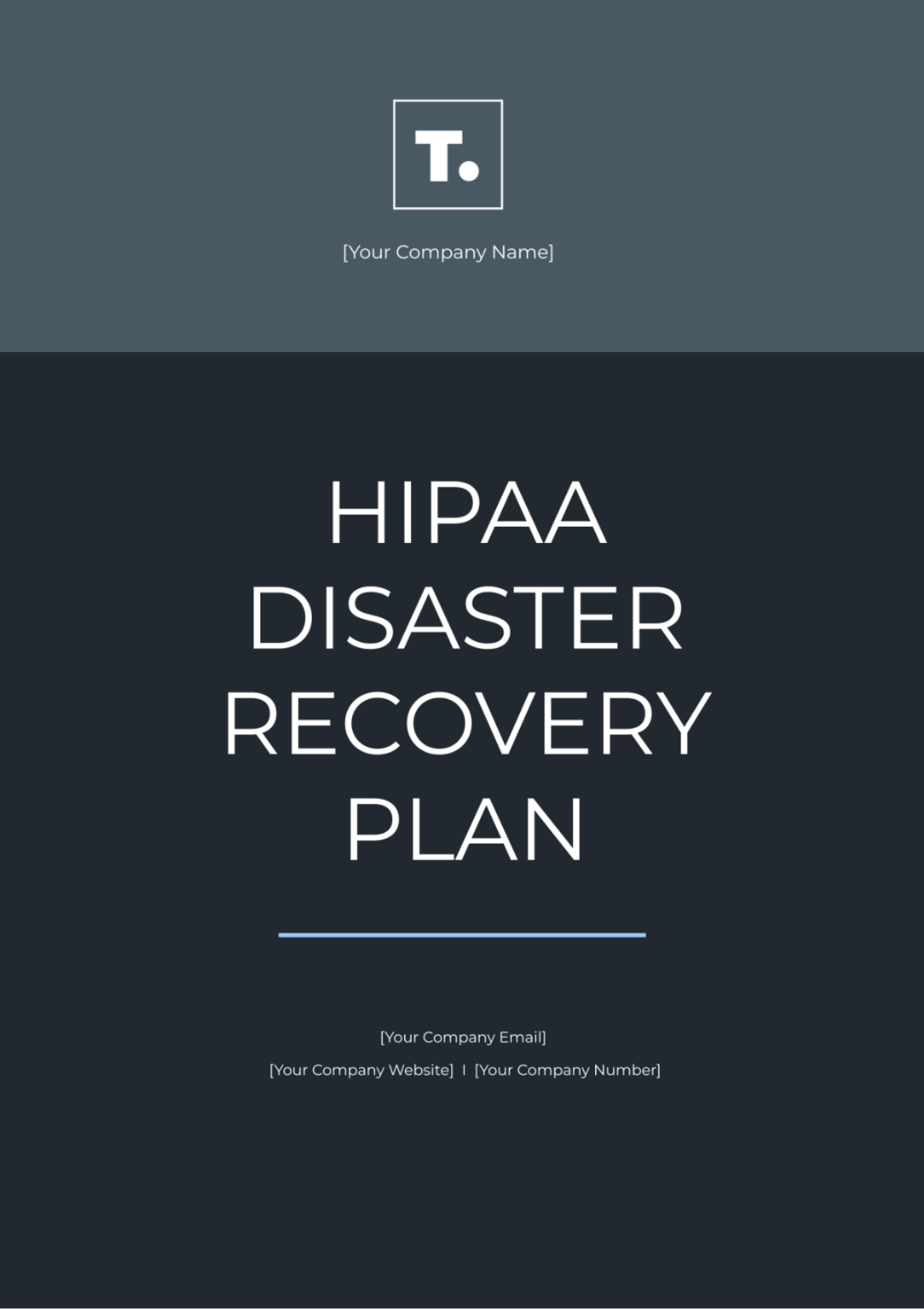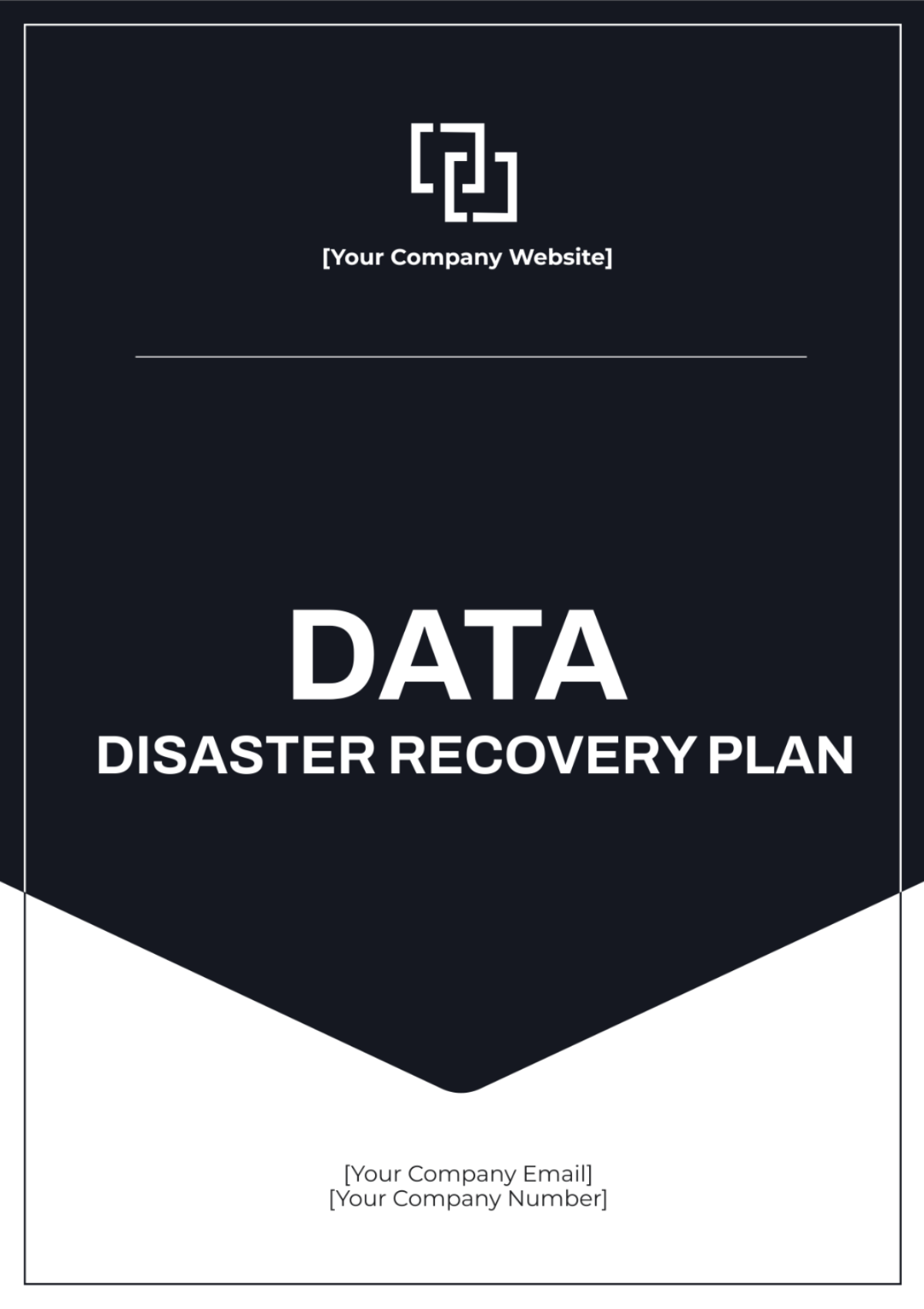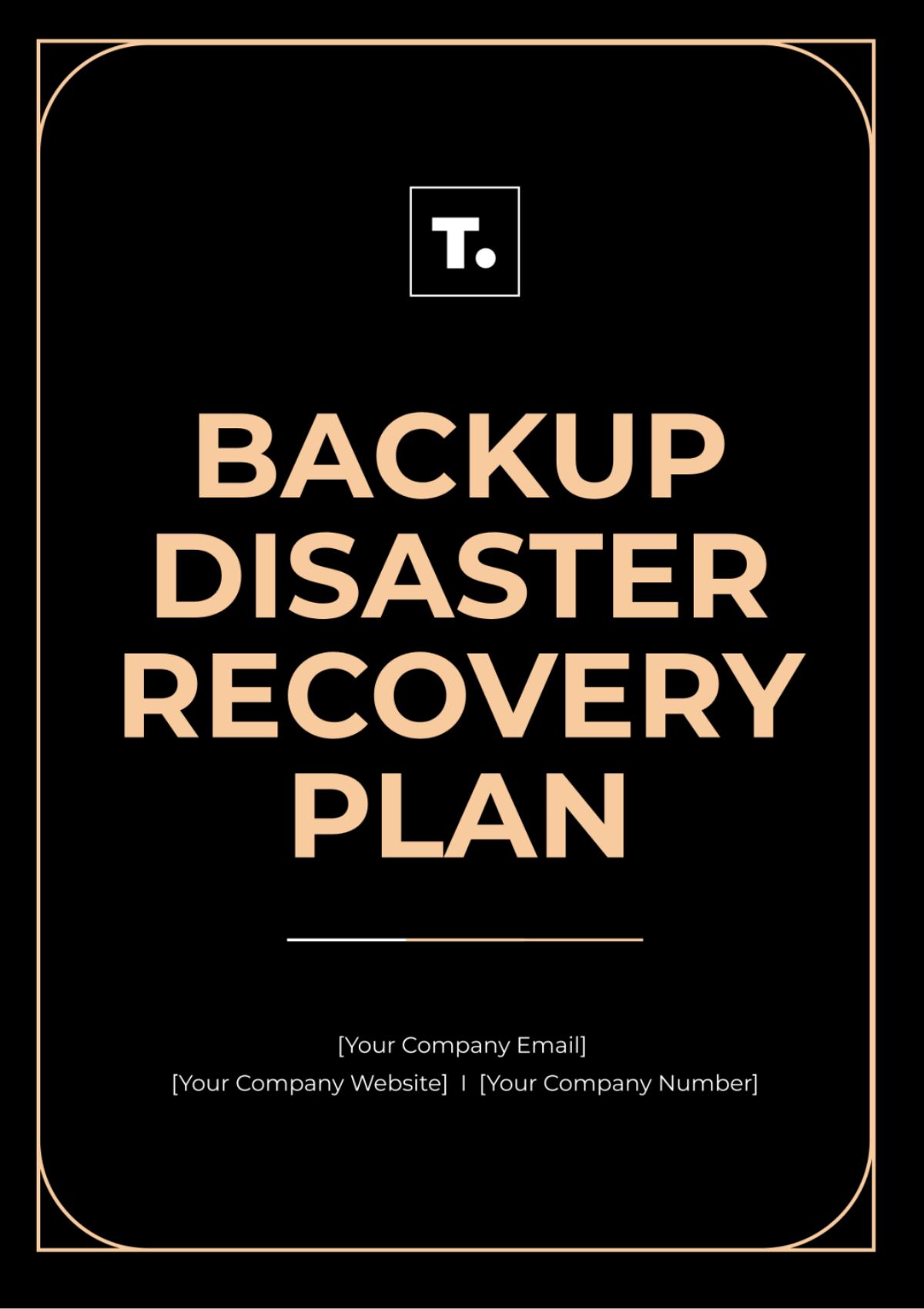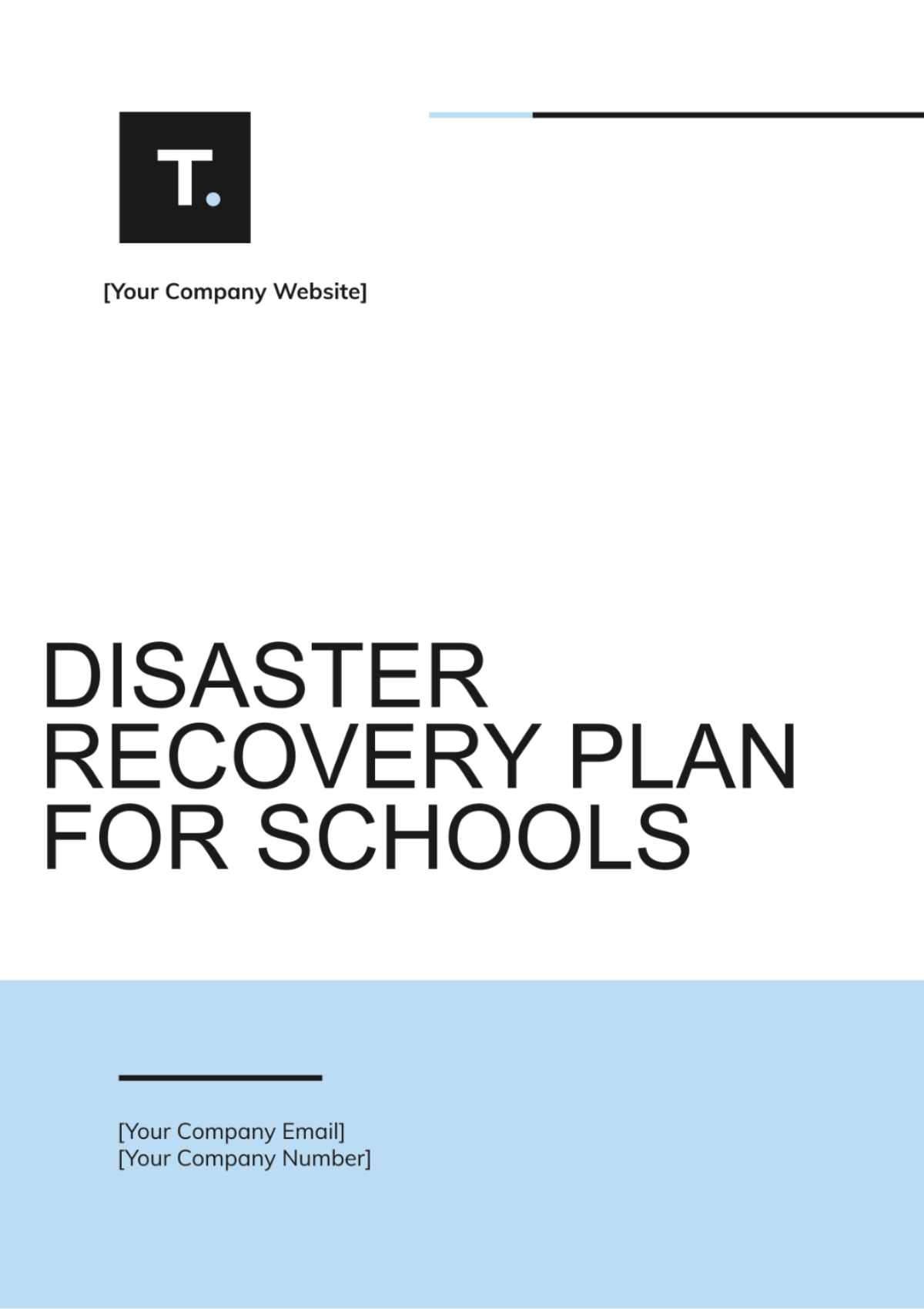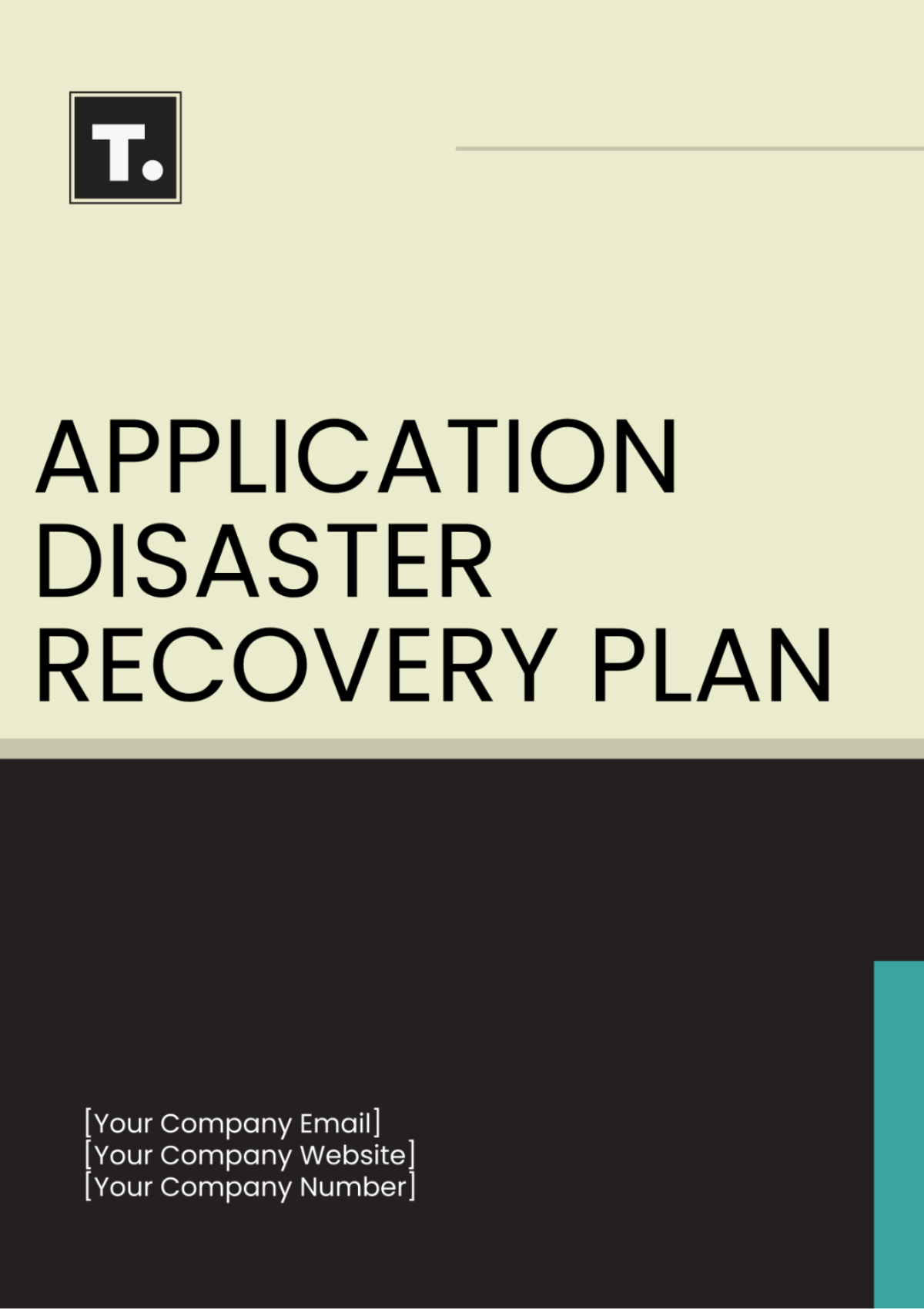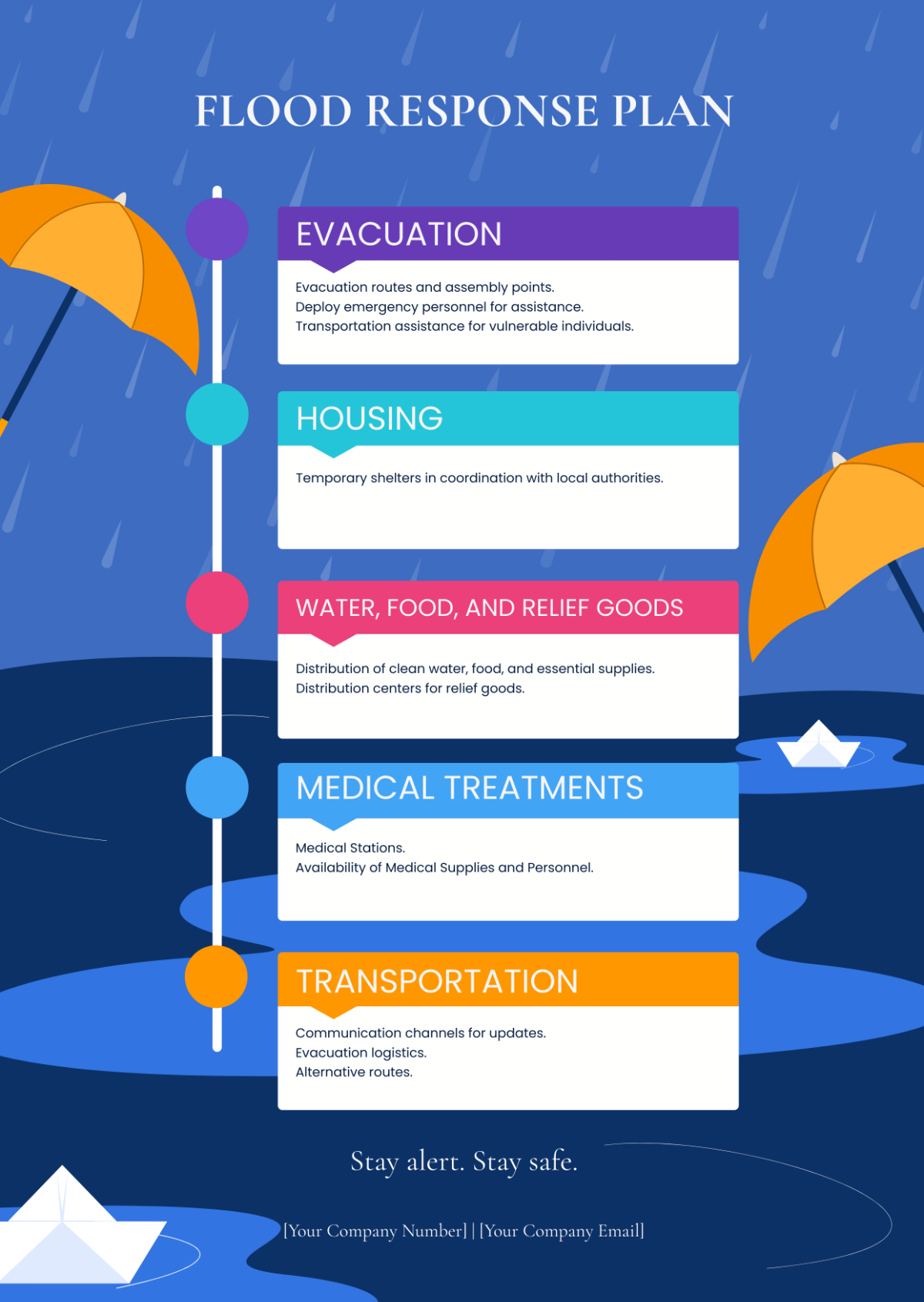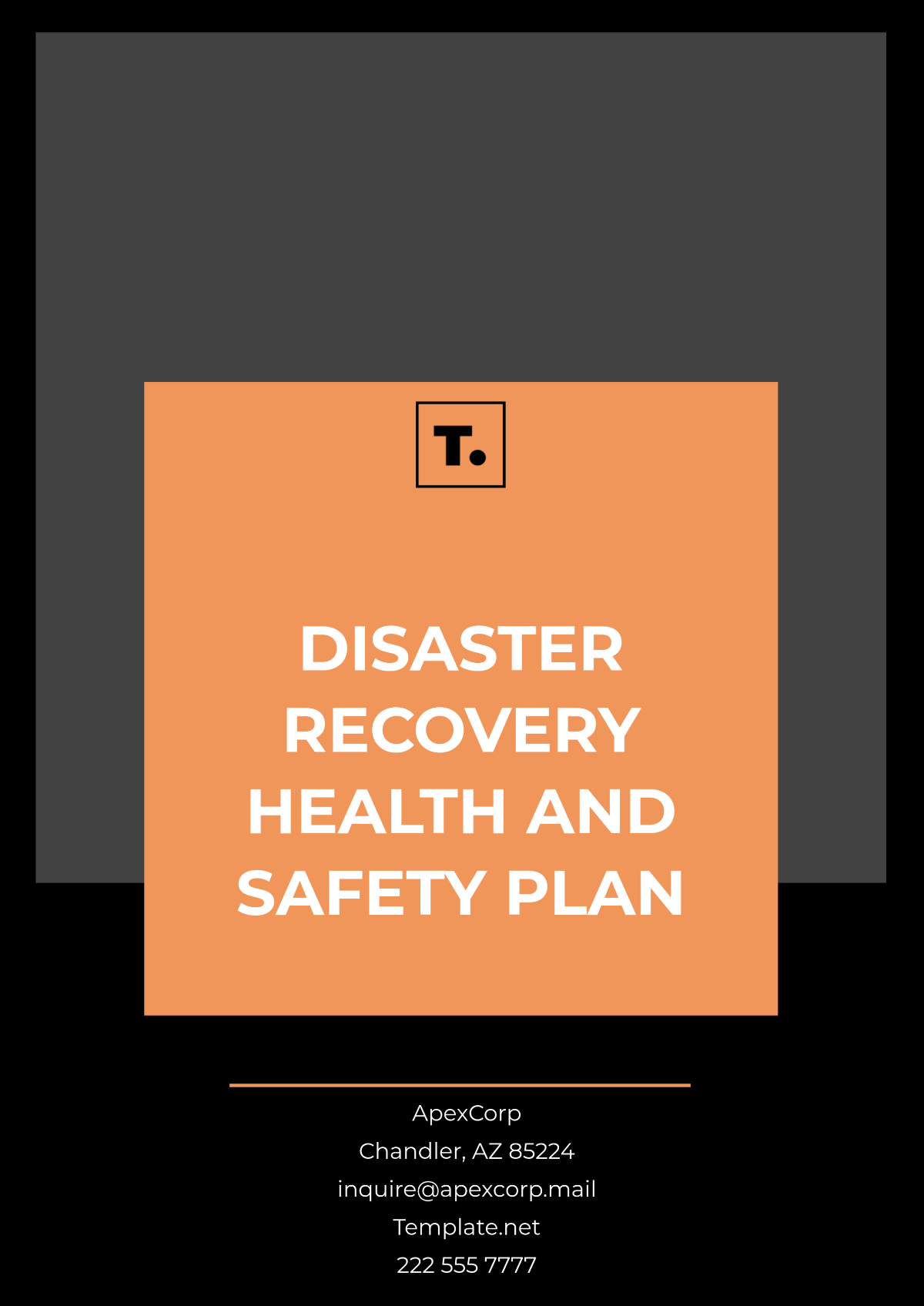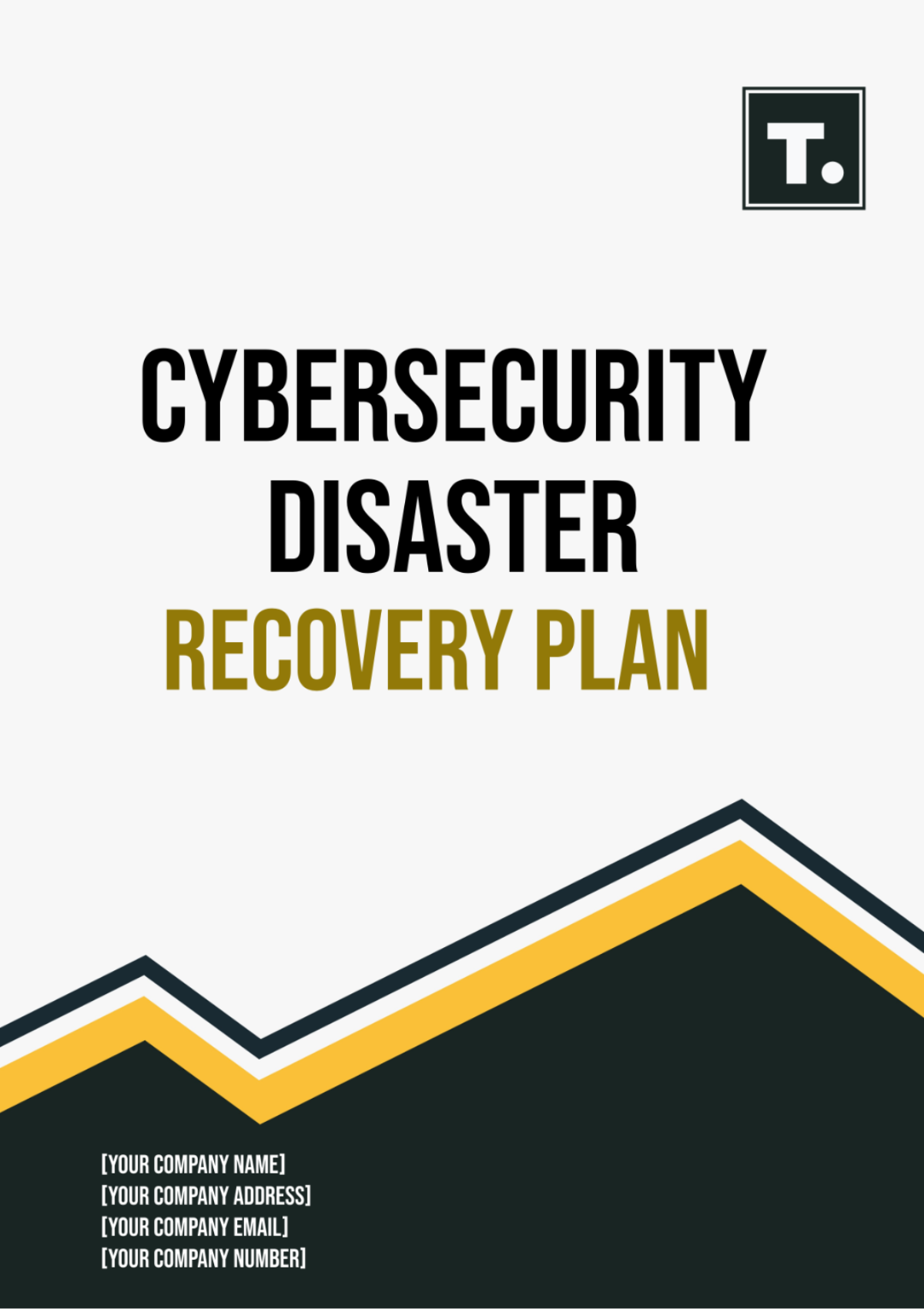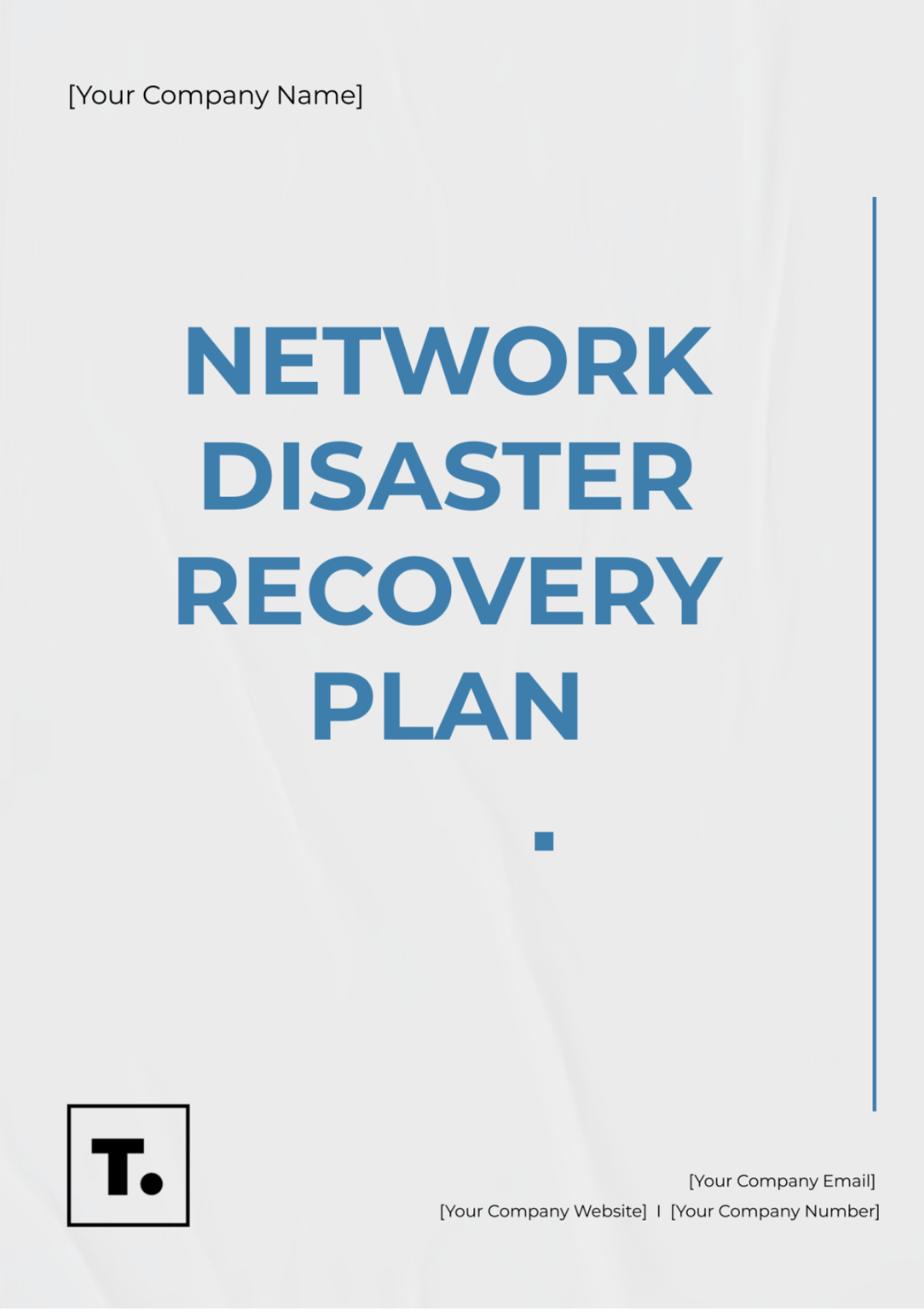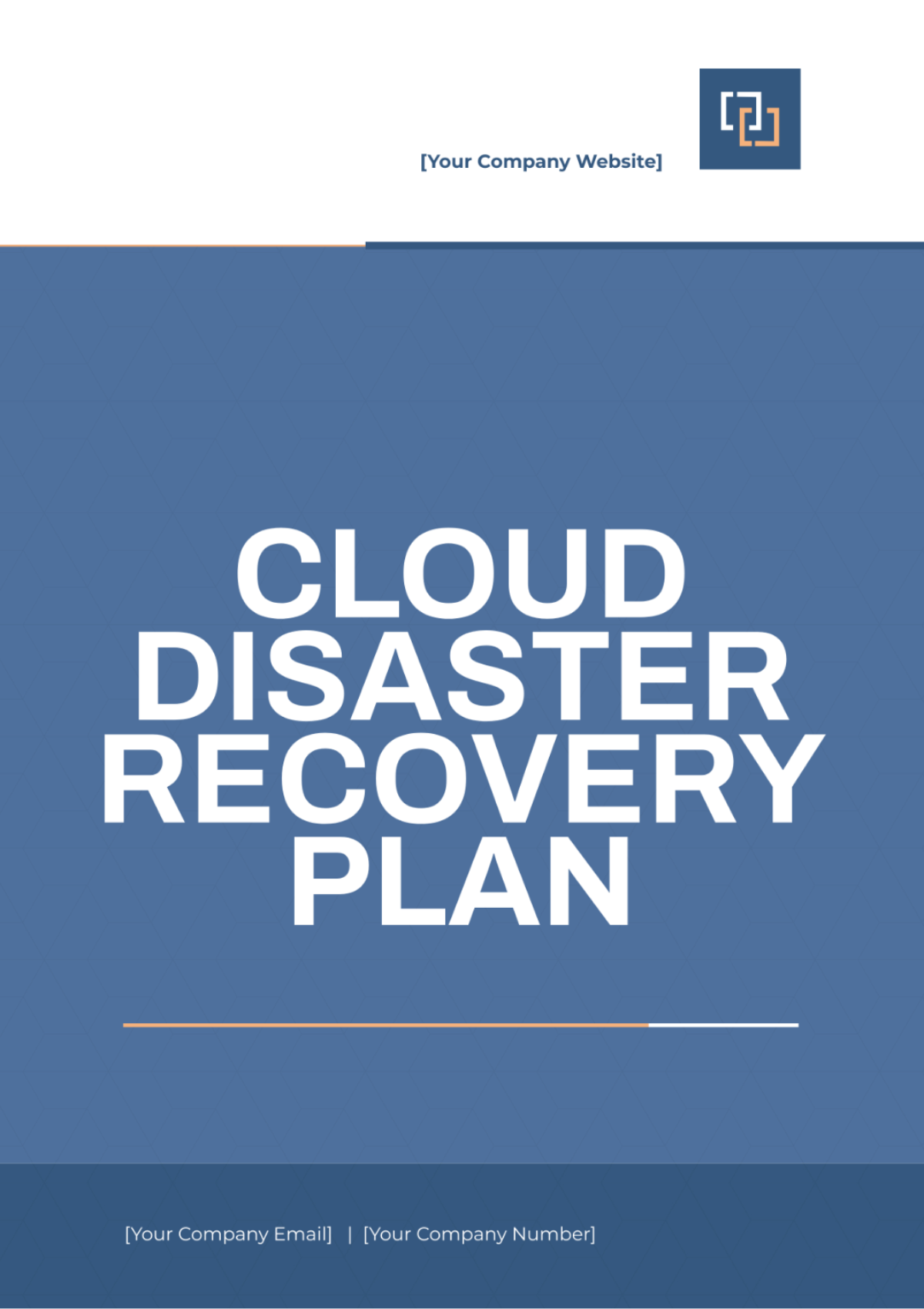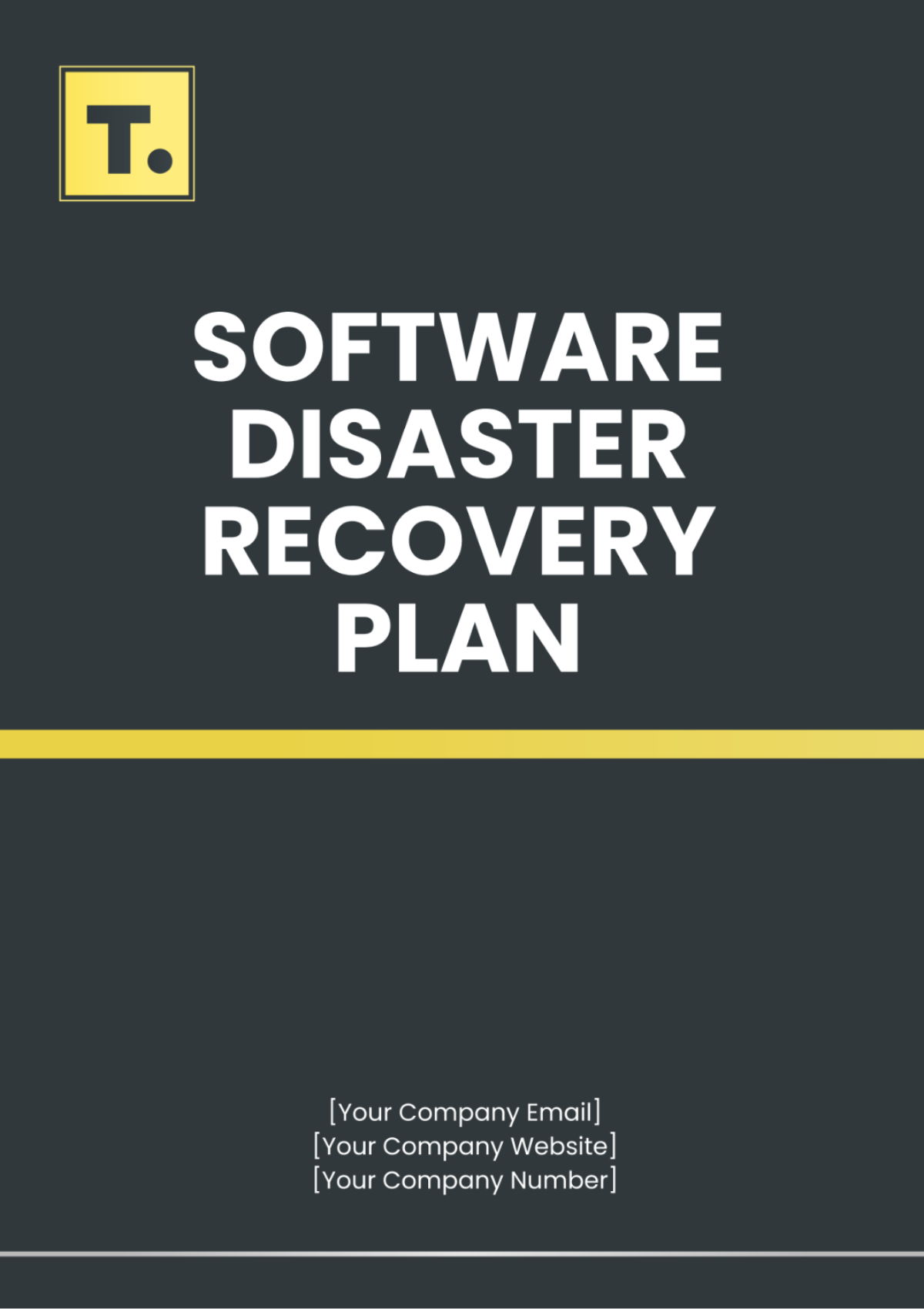Framework for IT Disaster Preparedness
1. Preparation
Cost Analysis:
Evaluate potential costs of downtime, resource acquisition, and recovery efforts.
Consider insurance options and financial strategies for optimal cost management.
Risk Assessment:
Identify and analyze potential risks to IT infrastructure and data.
Prioritize risks based on severity and likelihood to guide mitigation efforts.
Data Backups Schedule:
Establish a clear schedule for regular data backups.
Define backup locations, methods, and encryption protocols for data security.
2. Plan Formulation
Disaster Recovery Strategy:
Formulate a comprehensive strategy addressing various potential disasters.
Ensure alignment with organizational goals and industry best practices.
Recovery Time Objectives (RTOs) and Recovery Point Objectives (RPOs) Setting:
Define acceptable downtime and data loss thresholds.
Tailor objectives to business-critical functions and data dependencies.
Resource Allocation:
Allocate necessary resources, both human and technological, for efficient recovery.
Establish partnerships with external vendors for additional support.
3. Implementation
Plan Deployment:
Implement the disaster recovery plan across the organization.
Ensure clear communication of roles and responsibilities during an incident.
Employee Training:
Train employees on their roles in disaster recovery.
Conduct regular drills to enhance preparedness and response efficiency.
System Updates:
Regularly update hardware and software systems for optimal functionality.
Ensure compatibility with the disaster recovery plan.
4. Testing and Maintenance
DR Plan Regular Testing:
Conduct regular testing scenarios to validate the effectiveness of the plan.
Document and address any identified weaknesses or areas for improvement.
System Monitoring:
Implement continuous system monitoring to detect potential issues.
Utilize automated alerts and manual checks for a proactive approach.
Plan Updates and Maintenance:
Regularly update the disaster recovery plan based on technological advancements and organizational changes.
Ensure documentation is current and accessible to all relevant personnel.
Prepared by: [Your Name]
Company: [Your Company Name]
Email: [Your Email]
Date: [Date]


